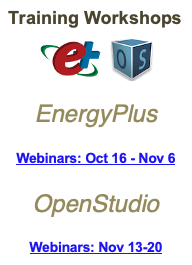Define different HVAC operation trigger temperature and setpoint temperature
Can energyplus able to define different HVAC operation trigger temperature and setpoint temperature? For example, HVAC will provide no cooling(shut off) until indoor temperature above 30 degree, but when it operating, the setpoint temperature will be 26 degree. If you have experience about this, please advice. Your suggestion is really appreciated. Thanks !





